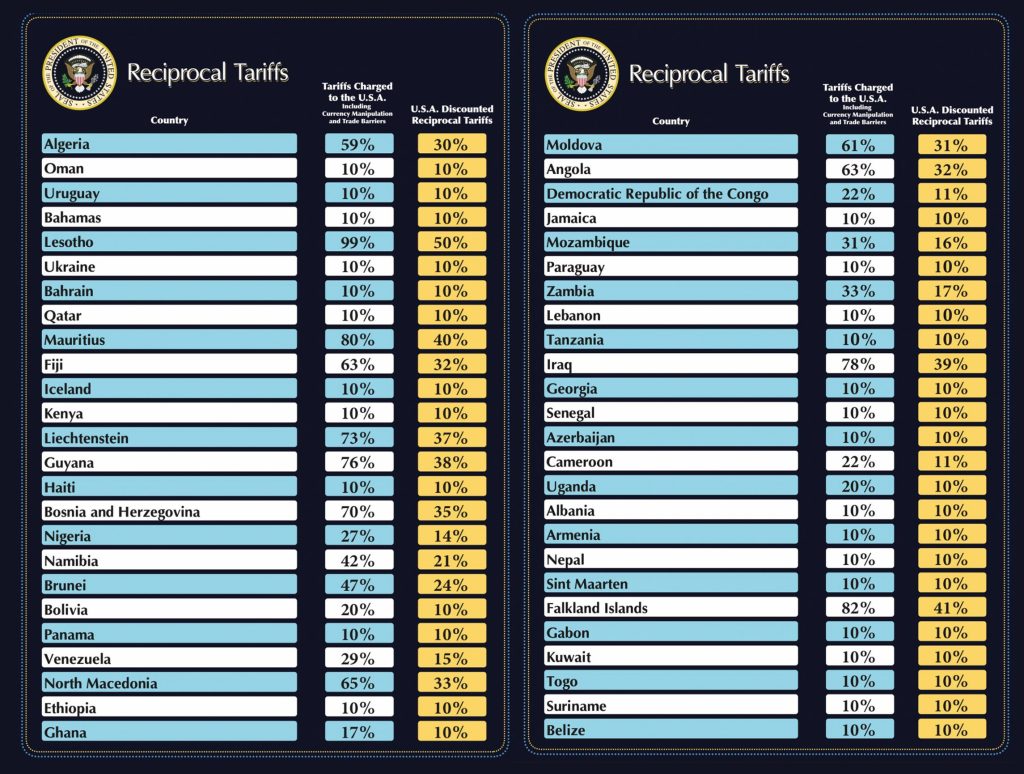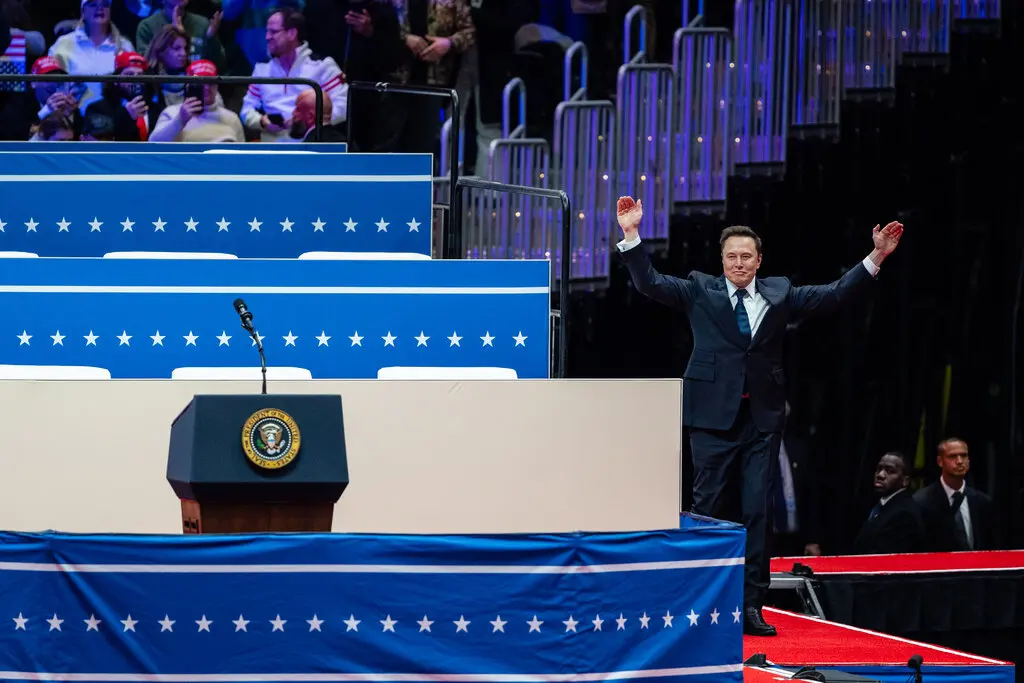
On April 2, 2025, President Donald Trump announced sweeping new tariffs on nearly all U.S. trading partners, including Ghana, marking a significant shift in U.S. trade policy. The tariffs include a 10% baseline tax on imports from all countries, including Ghana, which are part of a broader set of elevated duties aimed at addressing the United States’ trade imbalances. Trump also imposed specific tariff rates, including 34% on China and 20% on the European Union, among others.
In a Rose Garden announcement, Trump described the tariffs as a response to what he termed an economic emergency, asserting that the U.S. had been “looted, pillaged, raped, and plundered” by other nations. He promised the new tariffs would boost domestic manufacturing and generate new revenue for the U.S. government. Trump emphasized that this move was necessary to restore fairness to global trade and ensure that U.S. taxpayers were no longer being “ripped off.”
The tariffs are part of Trump’s broader “America First” agenda, which seeks to bring factory jobs back to the U.S. However, critics argue that the higher tariffs could lead to higher prices for consumers on everyday goods like clothing, cars, and housing, potentially slowing down the economy. Some Republican senators, particularly from agricultural and border states, have raised concerns over the negative impact the tariffs may have on U.S. businesses.
The new tariffs are expected to push the U.S. average tariff rate up from 2.5% in 2024 to approximately 22%, with significant economic consequences. As the tariffs apply to a wide range of products, including autos, pharmaceuticals, and steel, their impact on the global economy remains uncertain. Trump’s aggressive stance has already caused market uncertainty, with stock futures dropping and many predicting that it could lead to a global recession if prolonged.


